Canada postage stamp year 1868 / 5 cent Beaver
The 5 cent Beaver stamp is a classic of Canadian philately, but it’s important to clarify the exact issue date in relation to 1868.
The original 5 cent Beaver stamp (Scott #15) was part of the First Cents Issue and was actually first released in July 1859. The design, which re-used the image from the earlier 3 pence Beaver, was continuously printed until the end of the issue in March 1868.
So, your stamp is likely one of the following:
- Canada First Cents Issue (Scott #15): A 5 cent Beaver in a color like vermilion or orange-red, issued from 1859 up to March 1868. The stamp was technically still valid for use in 1868 even after the new issue came out.
- Canada Large Queen Issue (Scott #26 or #30, depending on the catalogue): Canada did not issue a 5-cent Beaver stamp in the 1868 Large Queen set, as that set featured Queen Victoria’s portrait. A 5-cent value in olive green was added to the Large Queen series much later, in October 1875, to pay the new rate to the UK.
Key Identifying Factors for the 5c Beaver (1859-1868):
The value of the 1859-1868 Beaver stamp depends heavily on its condition, shade, and, crucially, its perforation (the tiny holes around the edges).
- Scott Catalog Number: Scott #15
- Color: Various shades of Vermilion or Orange-Red.
- Perforations (Gauge): Varieties exist with perforations of 11.75, 12, or compounds like 11.75 x 12. Stamps with different perforation gauges were typically printed in different years within the 1859-1868 range.
Determining Value
Valuation requires an in-person inspection, but here are general points:
- Used vs. Mint: Used copies are much more common.
- Condition: Centering, clean cancellation, paper condition (no thinning or tears) are critical.
- Perforation & Shade: Certain perforations or color shades can be rarer and more valuable.
For a very rough estimate of the common varieties (used): The common used varieties of the 5c Beaver often have a minimal catalogue value (e.g., in the range of $10 to $50 for a typical copy in fine-to-very-fine condition, though they may sell for less). Rare varieties, specific plate flaws, or mint never-hinged examples can be worth significantly more.



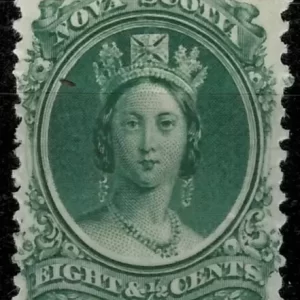
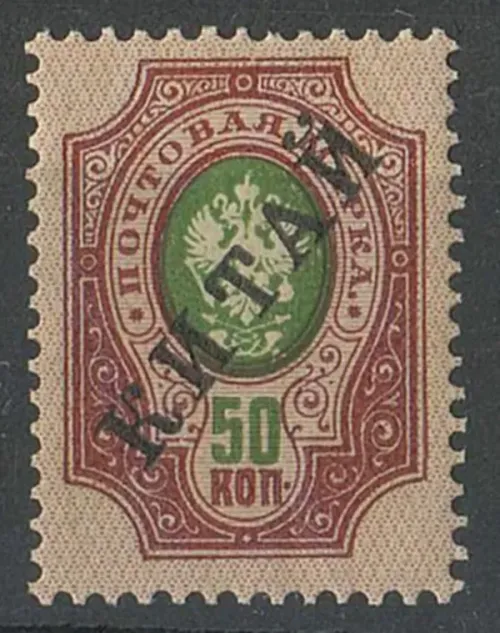
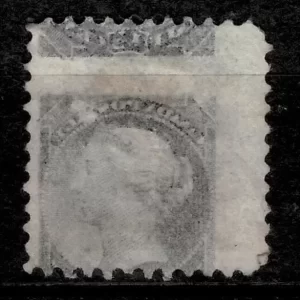
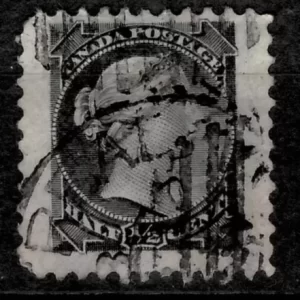

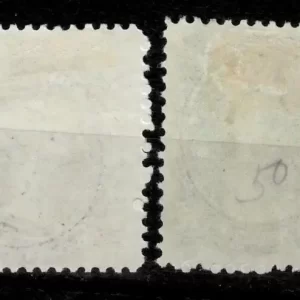
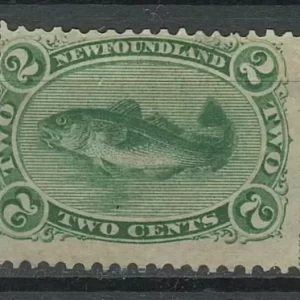
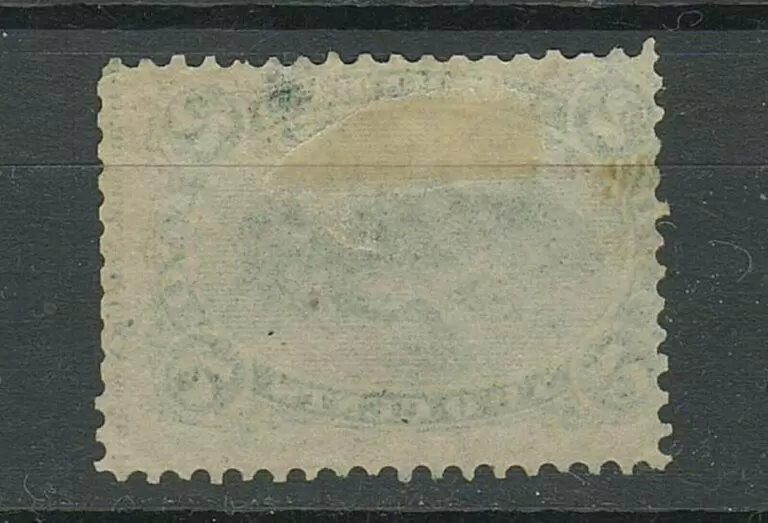

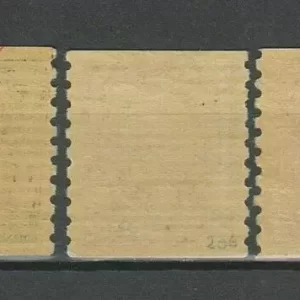
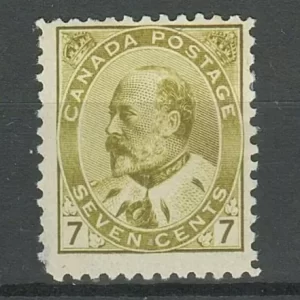

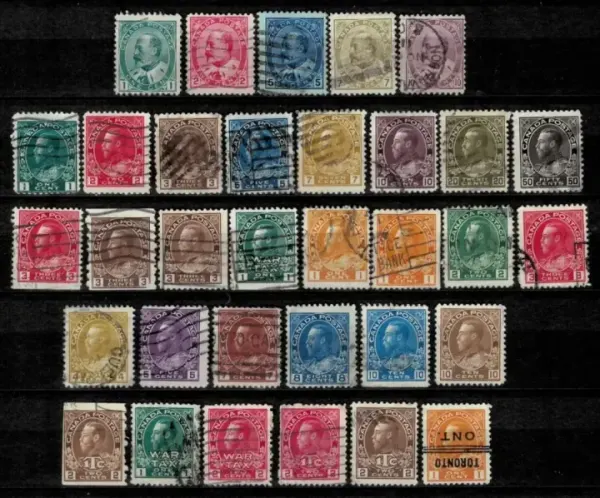
Reviews
There are no reviews yet.